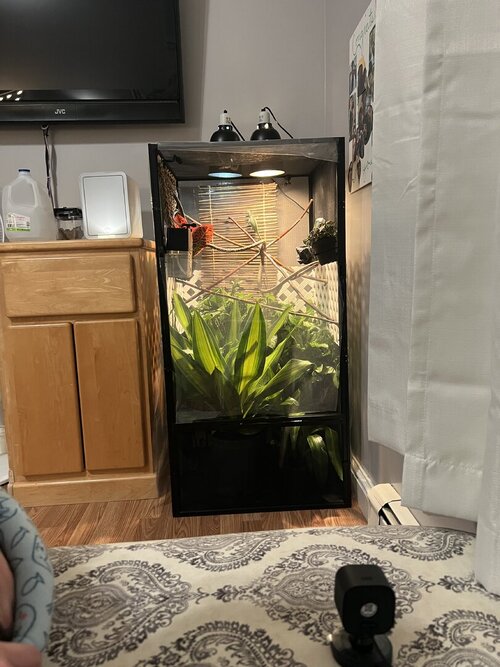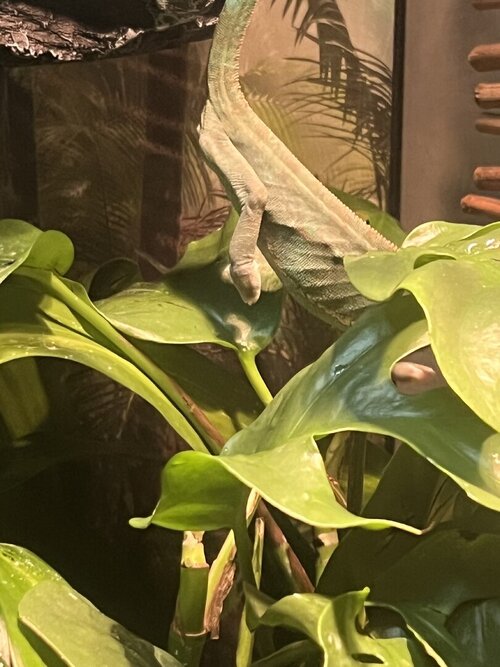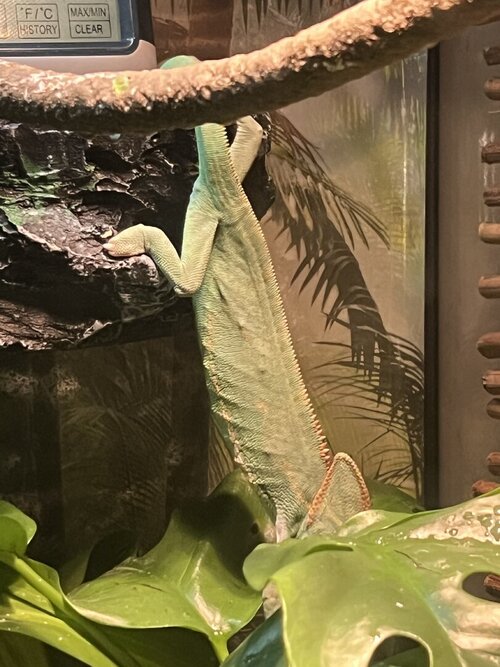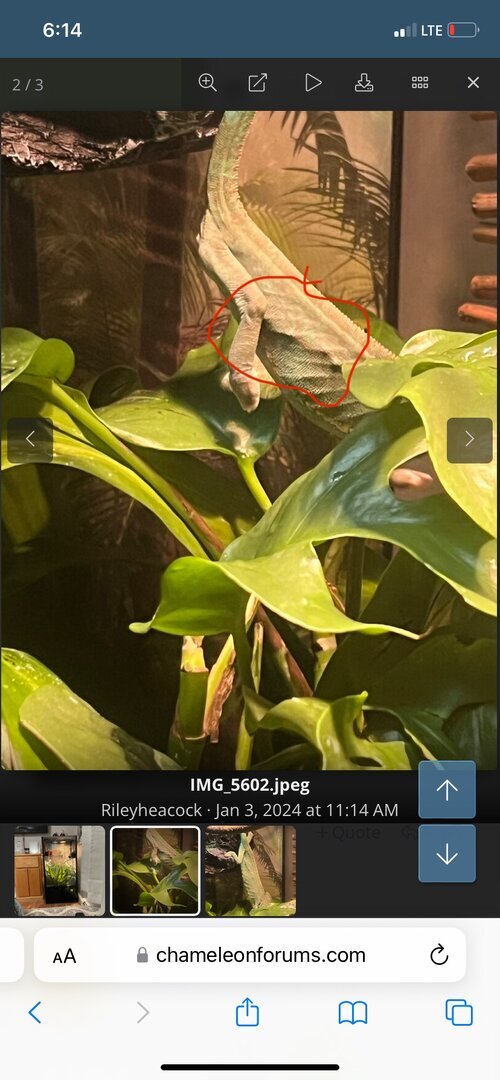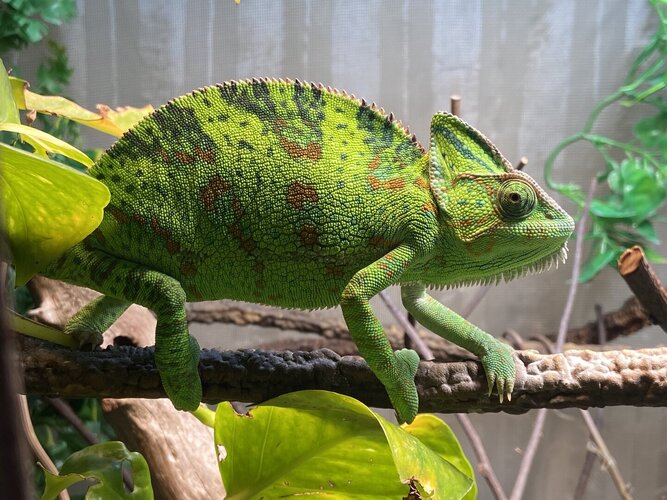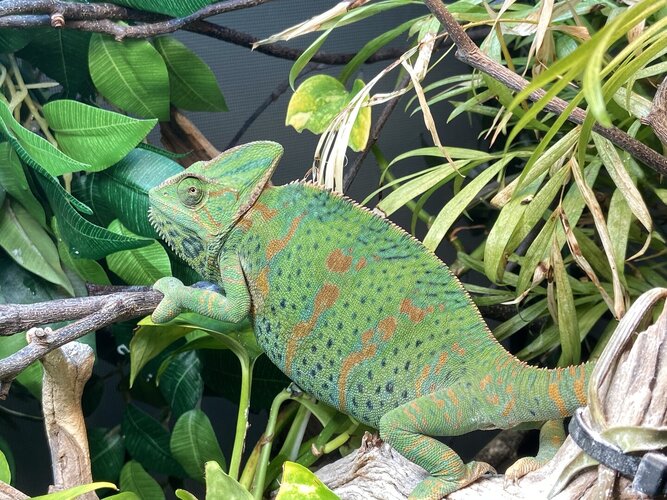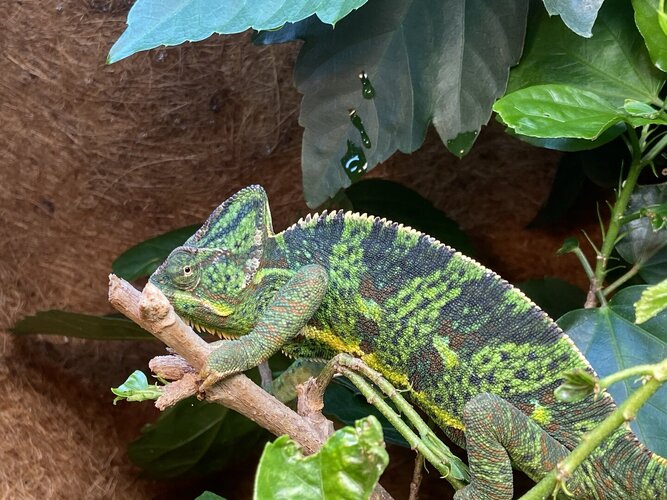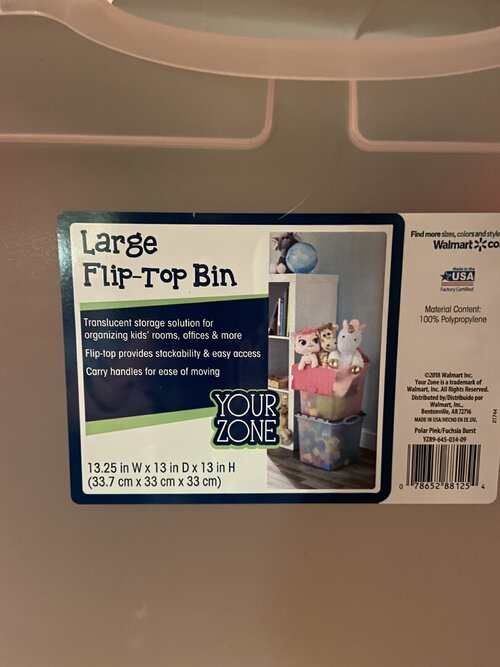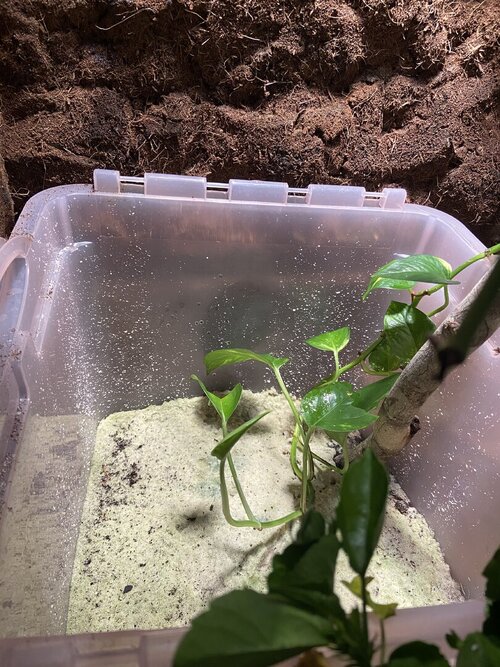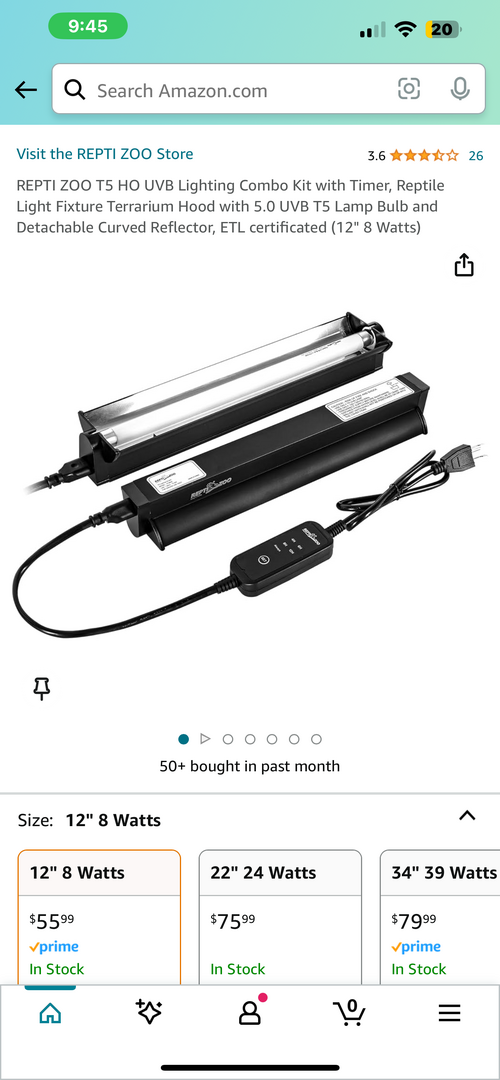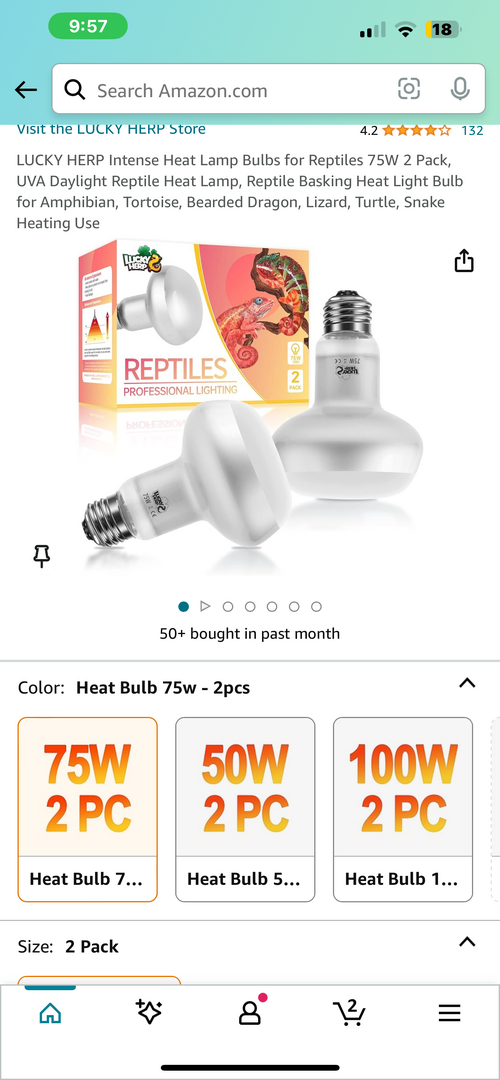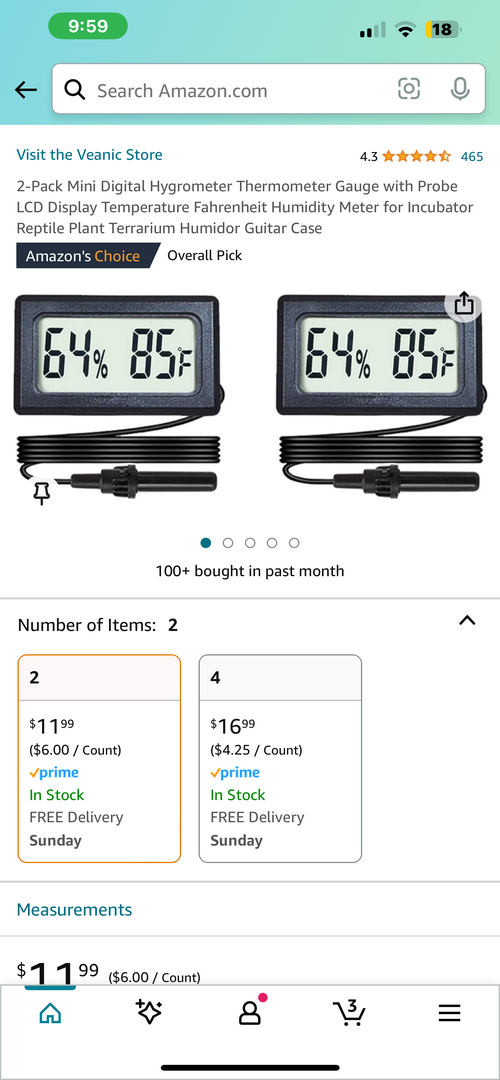Rileyheacock
Member
Hi! I have got her a new cage and it is all set up. I will attach a picture. I also will attach a picture of this spot she has been having on her that is concerning me. It happens when she stretches out or turns and only on this one side. Her cage has been 83 degrees at her basking spot. Is that okay? After these questions I am ready for the information for all the egg stuff!While I’ve given you a lot of info to digest, there is even more to tell!
We haven’t even started on the egg laying process. I don’t want to overwhelm you right now though. Make the needed changes and get your pretty girl all set up properly first. Once that is all done, then let us know that you’re ready and we’ll go over all of the egg stuff.
Keep asking whatever questions you have and sharing your progress. The very best part of all of this is seeing all of the improvements you make for your chameleon and your growth into a skilled keeper.


